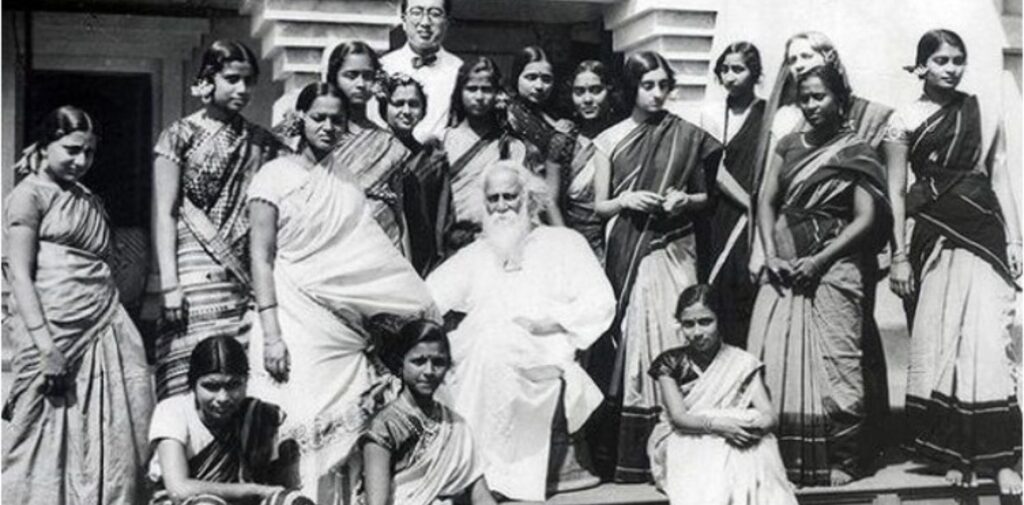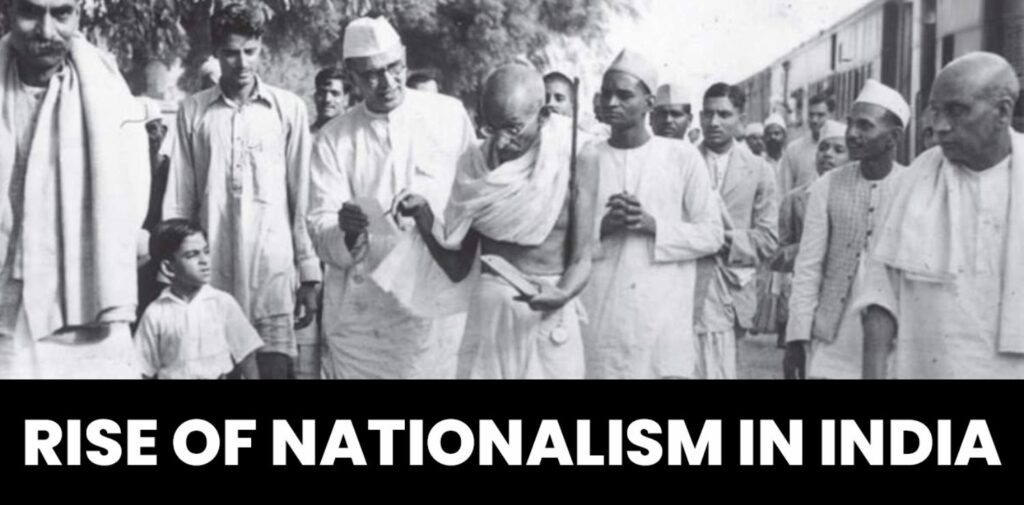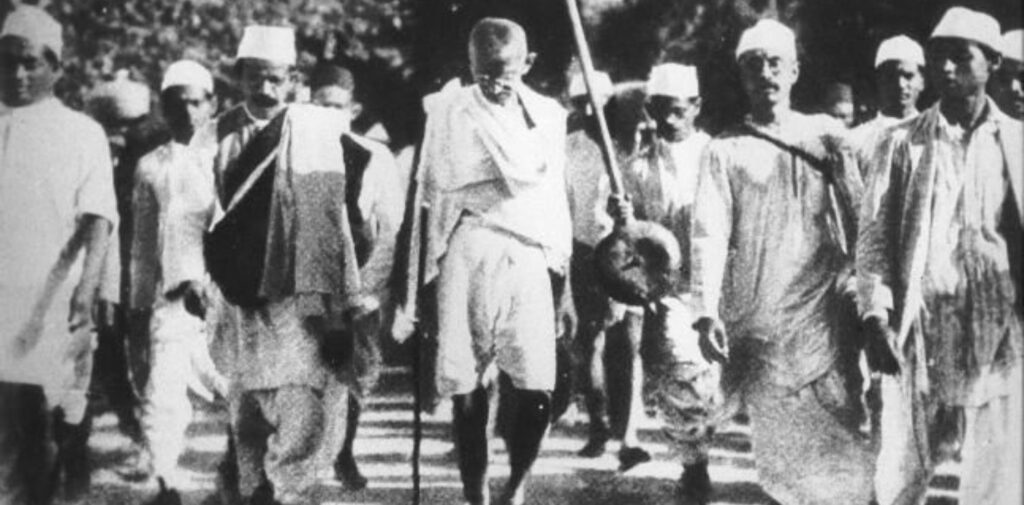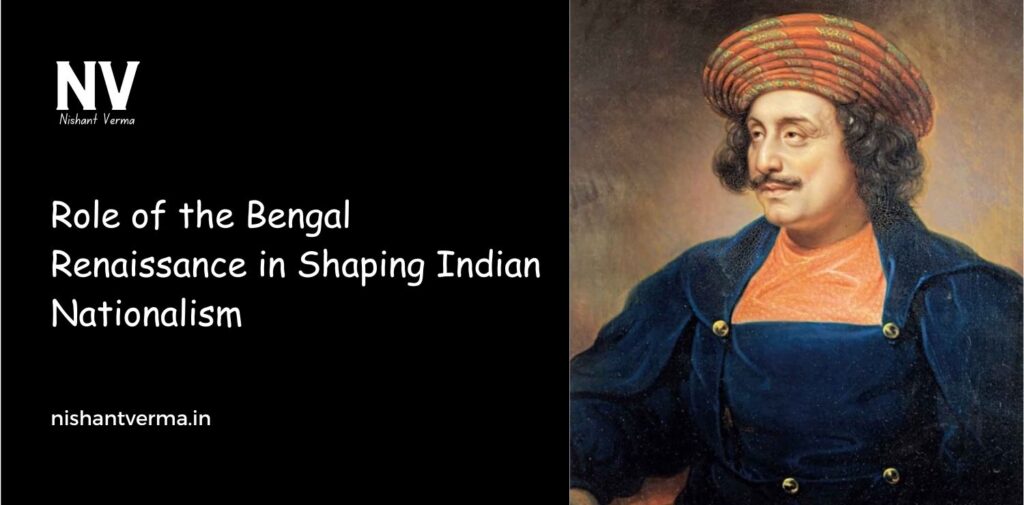The Bengal Renaissance was a very important period in the history of India. It was like a big spark that helped India awaken to its cultural and social needs, inspiring people to fight for freedom from British rule. This movement, which started in the Bengal region, influenced many parts of India. It helped build the foundation of Indian nationalism, which was the desire of the people to be free from foreign rule.
Let’s take a journey back in time to understand how the Bengal Renaissance played such a big role in shaping the Indian National Movement.
What Was the Bengal Renaissance?
The Bengal Renaissance was a period in the 19th century when many great thinkers, writers, artists, and social reformers in Bengal started working to bring change. It was a time of great ideas, growth in knowledge, and cultural transformation. During this period, people began questioning old traditions and practices, and they wanted to build a better society. They believed that education, science, and social reforms were important for the progress of the country.
This movement was not just about art or culture; it was about changing the way people thought, their beliefs, and their way of living. The Bengal Renaissance started around the late 18th century and continued into the 19th century.

Key People of the Bengal Renaissance
Many important people were part of the Bengal Renaissance. These people played a major role in spreading new ideas and inspiring people to think in a different way.
- Raja Ram Mohan Roy: He is often called the ‘Father of the Bengal Renaissance.’ Raja Ram Mohan Roy was a great thinker and reformer. He believed in education and science and wanted to bring change in Indian society. He fought against practices like ‘Sati’ (where widows were forced to burn themselves with their husband’s body) and worked for women’s rights. His efforts to modernize Indian society helped start the social reform movement.
- Ishwar Chandra Vidyasagar: Another great figure in this movement was Ishwar Chandra Vidyasagar. He worked hard to improve the education system in Bengal and fought for women’s rights. He believed in equal education for boys and girls. Vidyasagar is also known for his efforts to bring reforms in Hindu society, especially in supporting widow remarriage.
- Rabindranath Tagore: Rabindranath Tagore, one of the greatest poets and thinkers of India, was also a part of the Bengal Renaissance. His poems, songs, and writings inspired millions. Tagore believed in the unity of all people and wanted to create a nation where everyone was equal, regardless of caste, religion, or background. His works helped promote a sense of Indian identity and pride.

The Rise of Indian Nationalism
Now, let’s talk about how the Bengal Renaissance helped shape Indian nationalism.
During the British rule, the people of India were suffering under unfair laws and exploitation. Many Indians were unhappy with how the British treated them. The ideas and efforts of the Bengal Renaissance gave rise to a sense of unity and national pride. People started to think about what it meant to be Indian and how they could fight against British colonialism.
- Education and Awareness: One of the key features of the Bengal Renaissance was the emphasis on education. Raja Ram Mohan Roy and others believed that education could change society. They promoted the learning of Western sciences, languages, and literature, along with traditional Indian knowledge. As more and more people became educated, they started to understand the importance of freedom and self-rule.
- Fighting Social Injustice: Many of the reformers during the Bengal Renaissance worked to improve social conditions in India. They fought against child marriage, caste discrimination, and untouchability. By challenging these social problems, they helped create a more just and equal society. This fight for social justice was connected to the fight for political freedom. People started believing that just as they could fight for social reforms, they could also fight for political freedom from the British.
- Cultural Revival and National Identity: The Bengal Renaissance helped revive Indian culture, history, and traditions. It reminded people of India’s rich cultural past and helped build a sense of pride in being Indian. Writers and poets like Rabindranath Tagore, Bankim Chandra Chattopadhyay, and others wrote inspiring literature that emphasized the importance of India’s past and culture. This cultural revival helped unite the people of India and played a big role in the growth of Indian nationalism.

The Impact of the Bengal Renaissance on Indian Freedom Movement
The Bengal Renaissance was not just about ideas and reforms. It also had a direct impact on the Indian freedom movement. The thinkers and reformers of this time inspired many young people to join the struggle for independence from the British.
- Building the Indian National Congress: The Indian National Congress (INC) was formed in 1885 to bring together the people of India and fight for their rights. The ideas of the Bengal Renaissance were part of the inspiration behind the formation of the INC. Leaders like Surendranath Banerjee, who was influenced by the Bengal Renaissance, played a key role in forming the INC. The Congress started as a forum for discussing political issues, but over time, it became the leading organization for fighting for Indian independence.
- Rise of Nationalist Leaders: Leaders like Subhas Chandra Bose, Lala Lajpat Rai, Bipin Chandra Pal, and others were influenced by the ideas of the Bengal Renaissance. They took forward the work done by the reformers and helped spread the message of nationalism throughout India. They encouraged people to be proud of their country and fight against British rule.
- Social Reforms and Nationalism: The social reforms of the Bengal Renaissance helped create a more aware and united society. People began to realize that their struggle for a better society was closely connected to the struggle for independence. As social reforms took root, the Indian people became more determined to fight for their political freedom.
Conclusion: A New Beginning for India
The Bengal Renaissance was a turning point in Indian history. It was a movement that helped bring about social, cultural, and educational reforms in India. The ideas and efforts of this period inspired people to think about their rights, their culture, and their freedom. These changes led to the growth of Indian nationalism and set the stage for India’s fight for independence from British rule.
Without the Bengal Renaissance, the Indian National Movement may not have had the same strength or unity. The thinkers and reformers of this time laid the foundation for the freedom struggle by promoting education, social reforms, and cultural pride. Their work inspired many other parts of India and played a key role in the eventual success of the Indian independence movement.
So, next time you read about India’s independence, remember the role played by the Bengal Renaissance. It was a time of great change and a key step toward the freedom that we enjoy today.




